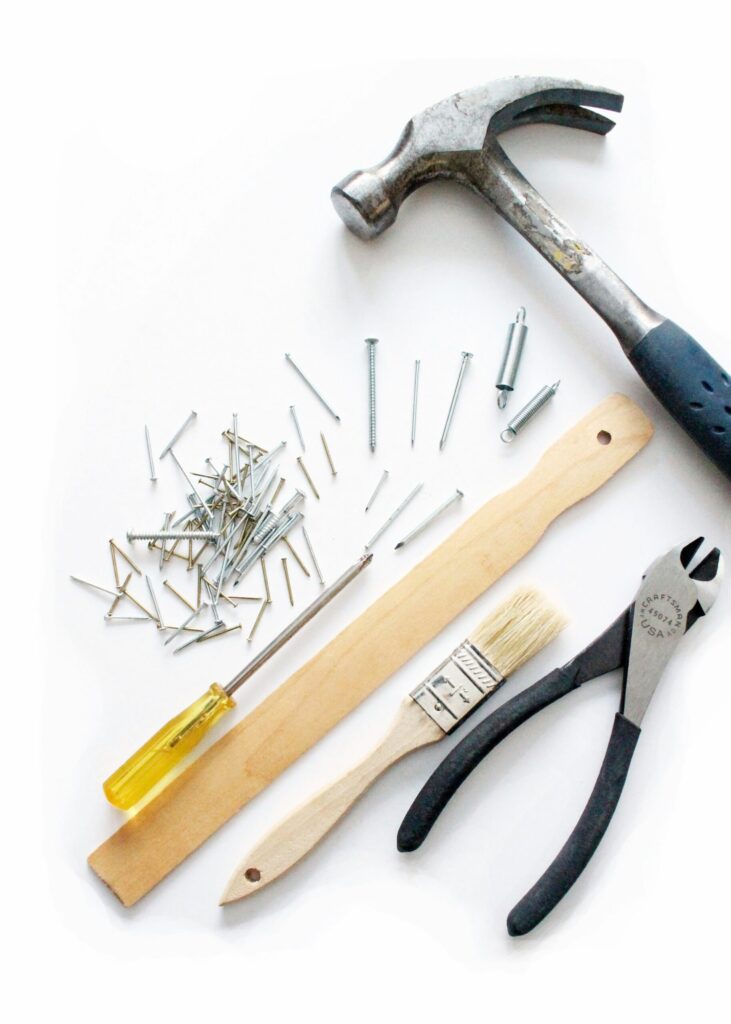Moving into a new home is an exciting chapter, but when that home needs everything—from structural repairs to aesthetic upgrades to fully functioning systems—the experience can quickly become overwhelming. For homebuyers and homeowners in Maryland and DC, this process can be particularly stressful given the region’s unique architectural diversity and housing demands.
Without the right approach, the excitement of settling into your dream home can shift into feelings of burnout. Here’s how to stay on top of the transition, maintain your peace of mind, and turn your “fixer-upper” into a home you love.

Start With a Clear Vision
The first step is understanding your priorities. Sit down with your family or household members and answer these key questions:
- Which improvements are absolutely essential for safety or functionality (think electrical systems, plumbing, or a leaky roof)?
- What’s your budget, and how much can you dedicate to various projects?
- What are your aesthetic must-haves versus “nice-to-haves”?
When you’re clear about what you want and need, you can plan renovations and upgrades in a way that feels orderly—not chaotic.
Pro Tip
Create a home improvement blueprint with a timeline for each phase of work. Prioritize tasks and take them one step at a time to avoid unnecessary pressure.
Build a Trusted Support Team
Tackling a home that “needs everything” is no small feat, but you don’t have to do it alone. Surround yourself with experienced professionals who can guide, manage, and execute various aspects of your home improvement plan.
- Hire Specialized Contractors: Work with reliable builders, plumbers, electricians, and other local professionals. Seek referrals from neighbors or trusted forums in the Maryland/DC area to ensure you hire vetted teams.
- Consult Local Experts: Maryland and DC have unique construction and zoning regulations. Contractors familiar with local codes will save you the additional stress of navigating compliance issues.
- Engage Friends and Family: Don’t hesitate to ask for help with smaller tasks like painting or landscaping. It’s a great way to bond with loved ones, and it can help lighten the workload.
Pro Tip
Before hiring professionals, check reviews and request detailed proposals. Understanding costs upfront helps eliminate surprises later.
Focus on Livable Spaces First
Attempting to upgrade your entire home at once can leave you feeling fatigued and stretched thin. Concentrate on making a few key areas livable and functional before tackling the rest.
Start with:
- The Kitchen: Often the hub of the home, having a functional kitchen is critical for day-to-day life.
- One Bathroom: Prioritize plumbing and fixtures in at least one bathroom so your family has a comfortable, usable space.
- Sleeping Spaces: Whether it’s setting up beds in one or two rooms or creating a temporary sanctuary, focus on getting good rest to maintain energy throughout the process.
Set Realistic Expectations
Understand that transforming a home in need of significant upgrades takes time. It’s okay if not everything is done immediately. Rushing leads to poor decisions and more stress.
Break the project into manageable chunks and celebrate small wins, whether it’s finally finishing the basement or hanging curtains in the living room. Progress is progress!
Pro Tip
Stick to an achievable daily or weekly to-do list. Rather than focusing on what isn’t done, celebrate each completed task.

Declutter Before Moving Day
Moving your life (and all your belongings) into a house full of pending projects can feel overwhelming. Reduce your stress by decluttering before move-in day.
- Donate or Sell Unused Items: If it’s been over a year since you last used something, it may be time to part ways.
- Organize Essentials First: Pack boxes with essentials you’ll need immediately after the move, such as clothing, toiletries, and work-from-home items. This will allow you to settle in more comfortably while renovations are underway.
Plan for Breaks and Self-Care
Without balance, the hustle and bustle of fixing up a house can quickly lead to burnout. Make it a point to intentionally schedule time for self-care or relaxing activities before exhaustion sets in.
Here are a few ways to unwind:
- Take a weekend away to explore nearby Maryland/DC attractions.
- Keep date nights or family outings on the calendar to relax and reconnect.
- Designate a “no-homework zone” day to focus on rest, rejuvenation, or hobbies.
Remember, taking breaks leads to sustained productivity in the long run.
Find Community Support
One of the most rewarding parts of moving to a new area is connecting with your community. Maryland and DC residents are known for their vibrant neighborhood networks and community programs.
Seek help through:
- Local Home Improvement Stores: Many local shops host workshops and provide guidance for DIY enthusiasts.
- Neighborhood Groups: Social media platforms or apps like Nextdoor can connect you to neighbors who might have valuable tips, recommendations, or resources.
- Community Events: Join local gatherings to learn about your new neighborhood while networking with others who may have tackled similar projects.
Wrap-Up
Moving into a home that “needs everything” is no small accomplishment, but it’s a challenge that can yield deeply rewarding results. By starting with a clear plan, building a strong team, and focusing on what’s most important to you and your family, you’ll transform a fixer-upper into a place you’re proud to call home.
Wherever you are in your homeowner’s journey, remember to pace yourself and take it step by step. If you’re ready to lighten the load, connect with professionals or community resources that can help. Your dream home is just within reach.




